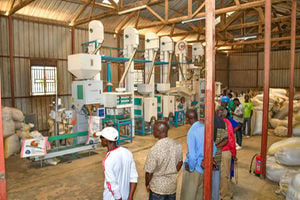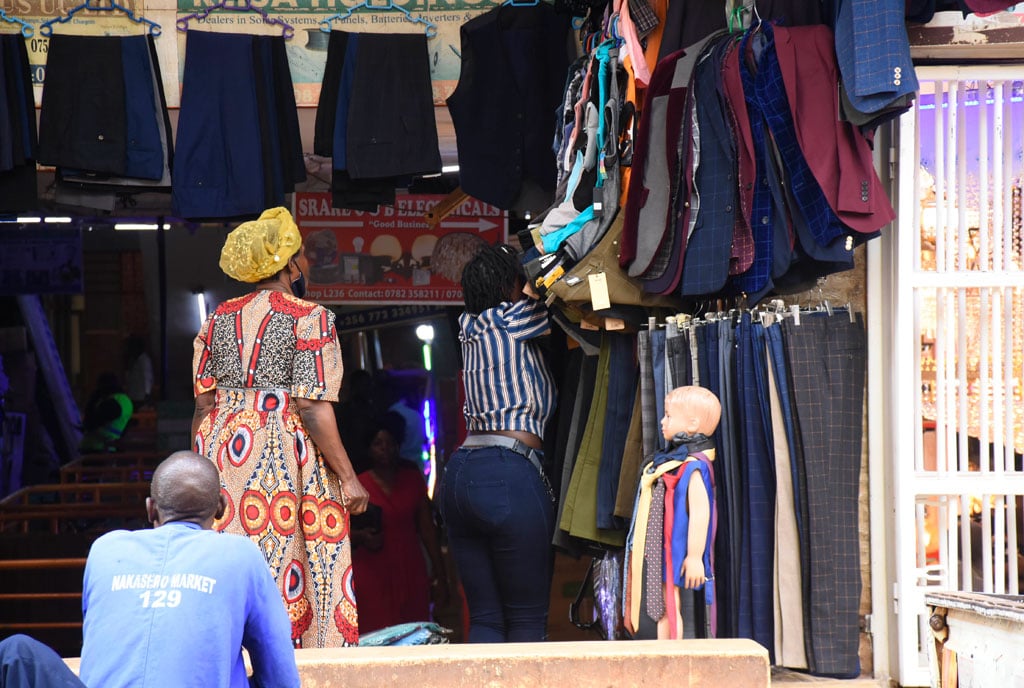
Author: Moses Khisa. PHOTO/FILE
Nearly every annual State of the Nation Address in recent years, President Yoweri Museveni repeats a now standard falsehood about Uganda’s economic miracle.
The signature statistic, which is a standard economic measure, the president likes to cite is the country’s Gross Domestic Product (GDP) – the total estimated wealth, which includes all assets, goods and services by both nationals and foreigners but excludes those of citizens abroad.
At different times, Mr Museveni has suggested that Uganda’s GDP has expanded 13 times, 16 times or more than 20 times. In this year’s address, the President repeated the same untruth that Uganda’s GDP in 1986 was $1.5 billion and that in 2024 it’s $55 billion.
This would mean the economy has expanded a spectacular 32 times! Nothing could be further from the truth. Statistics can be slippery, and GDP estimates are usually corrected and adjusted a year later, so there is no point citing GDP figures for 2024 when the year is only halfway. The figure to cite is for 2023. From the World Bank data, the most widely used and credible source of economic data, Uganda’s 2023 GDP was $49 billion US.
Also, from the World Bank data, Uganda’s GDP in 1986 was approximately $4 billion. This means the economy has expanded a modest 12 times over nearly 40 years. This growth trend is not very different from other peer African countries. In fact, some countries have had a better record of performance than Uganda.
Factoring in inflation and using constant shillings-dollar exchange for the year 2015, GDP was about $5 billion in 1986 and $46 billion in 2023, meaning an even more modest expansion of 9 times.
By citing $55 billion as Uganda’s GDP in 2024, Mr Museveni is obviously keen to project an impressive picture of economic performance, a miracle. It is not. As a Ugandan, I would proudly write about our economic miracle if we had one. In reality, it is a mirage.
Either the President is disingenuous or genuinely ill-informed. I think it is the former. The data are there, readily available online. He selectively cites figures, makes matters worse by getting the figures wrong!
One statistic the President conveniently ignores is that Uganda’s population has more than tripled while he has been in power, from about 16 million in 1986 to an estimated nearly 50 million today. Thus, much of the modest GDP growth of the last four decades, which averaged anywhere between 5 and 8 percent, is easily wiped away by the sheer rapid population growth of more than 3 percent during the same period.
What is more, growth has mostly been in services – banking, telecoms, insurance hospitality, etc. – that employ a minuscule share of the workforce. The sectors that would take in substantial chunks of working, like manufacturing and production of actual goods (not financial speculation), have hardly registered the kind of growth the President can headline. Worse, the most important sector where the vast majority of Ugandans derive livelihoods – agriculture – has had arguably the least growth. This alone says a lot about the superficiality of our GDP growth.
At a symposium convened in 2017 under the auspices of a think-tank I co-founded, the current Treasury Secretary, Mr Ramathan Ggoobi, while still on this side of Uganda’s political world as a critic, presented a paper that convincingly showed the paradox of GDP growth with unemployment.
That is, the irony of a growing economy but one that produced very few or no job opportunities, thus ‘jobless growth’. At any rate, as Andrew Mwenda, a key trumpeter of Uganda’s supposedly impressive growth record under Mr Museveni, has often emphasised: for a poor country, GDP growth is a marathon not a relay. It has to be solid and sustained over the long haul. Occasional bursts or slowdowns should be short, followed with strong rebounds and acceleration in performance.
This means that the socio-political landscape must be such that macroeconomic stability is guaranteed and not easily interrupted by, say, outbreak of social violence and political instability. Consider some examples.
For a long spell until after the independence of South Sudan in 2013 and later the outbreak of protests culminating in the overthrow of long-surviving autocrat, Omar al-Bashir, and the subsequent deadly armed conflict that has been raging, Sudan had a very impressive GDP growth powered largely by oil revenues. Today, as the Sudanese economy is up in flames, much of the gains of the past decades are likely to be wiped away.
In Ethiopia, GDP growth under the late Meles Zenawi and his EPRDF ruling party was by far the best on the continent. Then political unrest set in starting in 2015, and a fallout in the ruling party after a transition of power in 2018 quickly gave way to outright deadly war starting in 2020.
The tragic events in Ethiopia and Sudan offer poignant reminders about the folly of drumming up economic performance when critical socio-political questions remain unresolved, a subject to which I will return.
Moses Khisa, [email protected]




